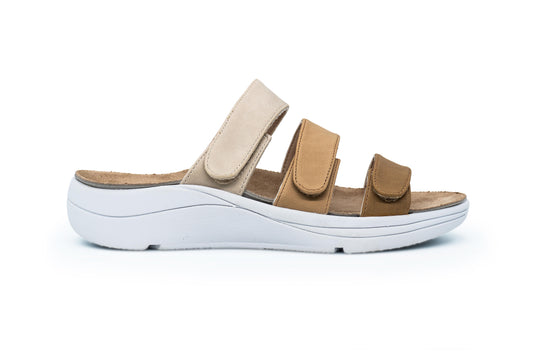Why Daily Foot Examinations Are Crucial for Individuals with Diabetes
Being diagnosed with diabetes prompts a series of lifestyle changes to ensure overall health and prevent complications. While diet and exercise are commonly emphasized, one often overlooked habit plays a crucial role—daily foot examinations. Neglecting foot health in diabetes can lead to severe consequences, from infections to amputations. Understanding the health concerns and consequences of not examining your feet daily is paramount for individuals managing diabetes.
Health Concerns:
- Skin Breaks:
- Skin breaks, often resulting from small cuts, can lead to infections, posing a significant risk for individuals with diabetes. Daily foot checks allow for timely intervention and prevention of complications.
- Diabetic Neuropathy:
- Elevated blood sugar levels in diabetes can cause nerve damage, leading to pain, tingling, and numbness. Numbness, in particular, increases the risk of injuries going unnoticed, emphasizing the importance of regular foot examinations.
- Diabetic Blisters:
- Diabetic neuropathy may contribute to the development of painless blisters, requiring attention to prevent secondary infections. Monitoring for the appearance of diabetic blisters aids in early intervention.
- Possible Amputations:
- Infections left untreated due to unnoticed foot issues can escalate, potentially leading to the need for amputations. Checking feet daily is a proactive measure to identify problems before they become severe.
Consequences of Not Examining Feet:
- Infections and Complications:
- Unnoticed skin breaks or injuries can result in infections, leading to complications and potential amputations if left untreated.
- Delayed Healing:
- Slow healing, common in individuals with diabetes, emphasizes the need for early detection of foot issues to initiate prompt care.
- Risk of Amputations:
- Neglecting foot health increases the risk of severe infections, ultimately raising the likelihood of amputations.
How To Check Your Feet:
- Skin Discoloration:
- Monitor for redness, black, or blue discoloration, indicating potential issues. Ensure well-fitting shoes to prevent excess friction.
- Noticing Blisters:
- Address blisters by investing in proper footwear and moisture-wicking socks. Avoid self-treatment and consult a doctor for appropriate care.
- Skin Breaks:
- Check for breaks under and between toes, as well as on the soles. Clean the area with chemical-free soap and apply sterile dressing for minor skin breaks.
- Perception of Numbness:
- Be aware of persistent numbness, as it may signal diabetic neuropathy. Consult a doctor for evaluation and early intervention.
- Foot Ulcers:
-
Report foot ulcers to a podiatrist promptly. Unlike blisters, foot ulcers require professional treatment to prevent worsening.
DiabeticShoe.in offers a variety of goods that can help alleviate pain caused by foot arches.
Now is the time to buy medically manufactured insoles and shoes to treat foot pain!
Learn more about Prescribed Orthotics.








